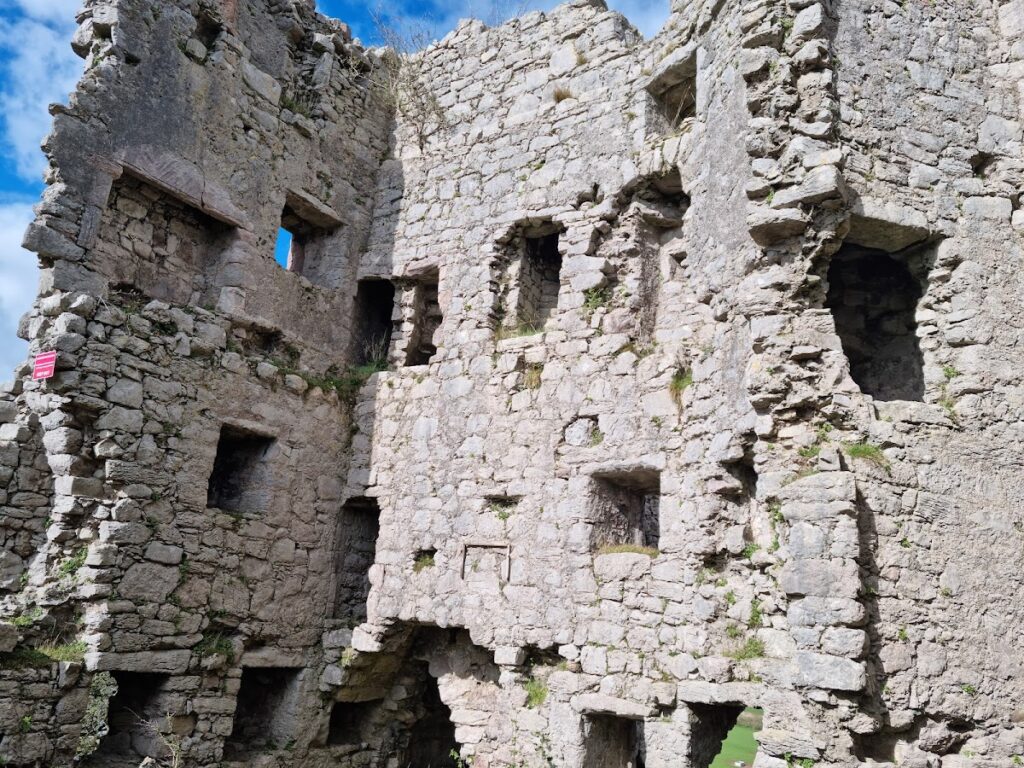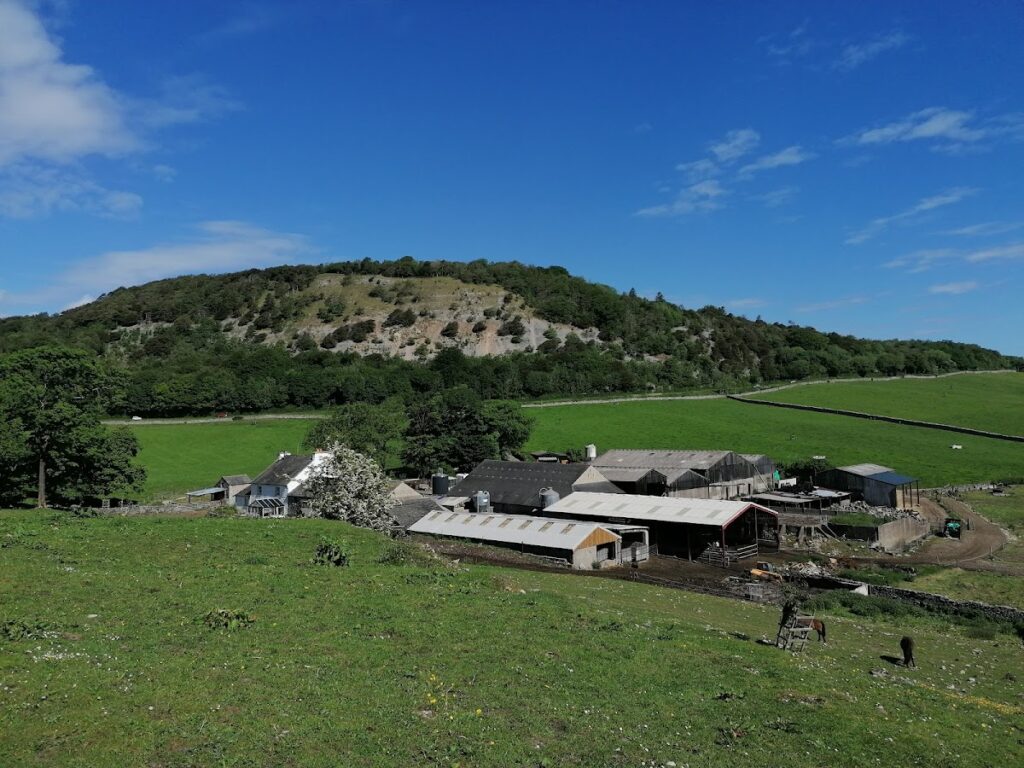Arnside Tower: A Late Medieval Defensive Stronghold in Northern England
Visitor Information
Google Rating: 4.4
Popularity: Low
Google Maps: View on Google Maps
Official Website: www.visitcumbria.com
Country: United Kingdom
Civilization: Unclassified
Remains: Military
History
Arnside Tower is located in Far Arnside, within the municipality of Carnforth in the United Kingdom. It was built by the English during the late medieval period as a defensive stronghold.
The tower was constructed in the latter half of the 15th century amid a time when border tensions between northern England and southern Scotland were frequent. These conflicts often involved groups known as Border Reivers, who conducted raids across the boundary. Tower houses like Arnside were erected to provide protection against these threats throughout the borderlands. Arnside Tower’s site lies just south of Arnside Knott, between the villages of Arnside and Silverdale, placing it strategically within the region.
In 1602, the tower experienced a significant fire, yet it was repaired afterward and continued to be occupied. Records suggest that the building remained in use until the late 1600s. However, historian Roy Palmer notes that towards the end of the 18th century, a William Coward lived there alongside his sister, Agnes Wheeler, indicating continued habitation beyond the 17th century. The tower remained under private ownership and gradually fell into decline during the following centuries.
Around the turn of the 20th century, one of Arnside Tower’s walls collapsed, marking a phase of structural weakening. By 2014, English Heritage reported the tower’s condition as very poor and stressed the need for urgent conservation efforts. Recognizing its importance, Arnside Tower has been formally protected as both a Scheduled Monument and a Grade II* listed building, highlighting its historical and architectural significance within England’s medieval heritage.
Remains
Arnside Tower was originally designed as a tall, rectangular stronghold, standing five storeys high and measuring approximately 50 feet by 34 feet (15 by 10.2 meters). The tower was built from limestone rubble, a common local material, which provided sturdy walls suited for defense. A notable feature of its construction is an attached wing of the same height as the main tower. This side extension reflects a style more commonly seen in Scottish fortified houses than English ones, suggesting cross-border architectural influences during the late 15th century.
The tower’s overall layout combines the main vertical structure with this adjacent wing, giving it an unusual silhouette among English tower houses. This design may have been inspired by other contemporary buildings such as Ashby de la Zouch Castle, which was rebuilt in 1464 and displayed similar elements. The quality of stonework and the robust construction are evident despite centuries of wear.
Today, the tower remains largely in ruins, primarily due to the collapse of one wall around 1900 that seriously compromised the building’s stability. By 2014, its deterioration was severe enough that English Heritage classified its condition as very poor, signaling an urgent need for preservation measures to arrest further decay. The surviving walls stand in place, giving a clear sense of the tower’s original footprint and height, but ongoing weathering and structural damage continue to threaten the fabric of the building.
No inscriptions, decorative carvings, or archaeological finds such as tools or pottery have been documented at Arnside Tower, leaving the focus on its architectural form and historic use as its main heritage value. Its location south of Arnside Knott provides both a natural defensive advantage and a connection to the surrounding landscape, emphasizing its role as a medieval lookout and refuge within this border region.










